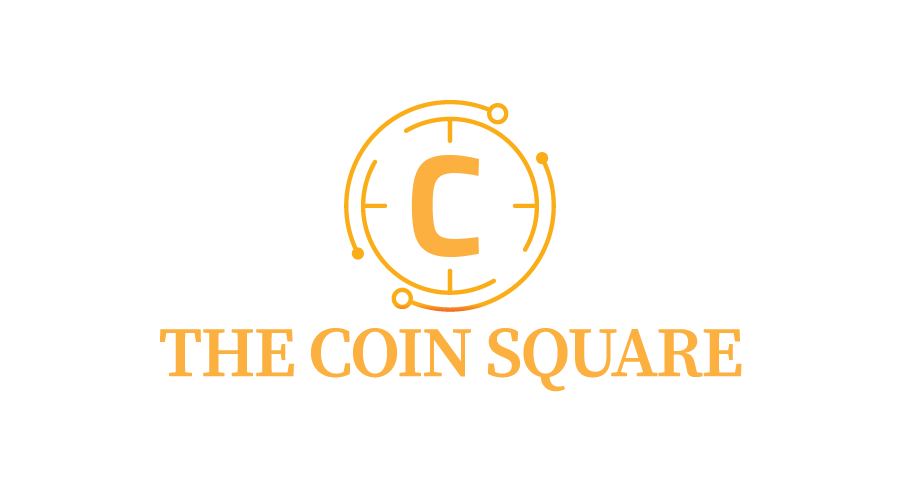Experiential marketing involves creating memorable and interactive experiences that engage customers and leave a lasting impression. These experiences can build brand awareness, increase product affinity, and generate leads.
Consider Red Bull’s Felix Baumgartner skydiving stunt, or IKEA’s pop-up rooms in urban centers. These experiences were fun, engaging, and made an impact.
1. Get to Know Your Audience
With the rise of remote work and different schedules, it can be difficult to connect with customers in a meaningful way. Luckily, experiential marketing campaigns can help overcome this challenge. The key is finding innovative ways to make attendees feel inspired, energized and emotionally connected with your brand.
Experiential events can also provide valuable data and metrics to measure the success of your campaign. For example, pop-ups are a great way to generate social media buzz and increase reach. They can be custom-designed to support specific goals such as building community, getting user feedback, creating hype or making sales.
Some experiential marketing campaigns may go viral, and that’s a big win for the brand. Consider the ice bucket challenge in 2014, which went from being an ordinary activity to a phenomenon that generated millions of videos and funds for ALS research. Or Airbnb’s partnership with The Fresh Prince of Bel Air to turn the iconic show’s house into an experiential destination during the pandemic in 2015. This event generated extensive media coverage and engaged thousands of fans.
2. Create a Story
Whether you use an experiential marketing campaign to build brand awareness, connect with a new audience, or generate leads, the content of your event needs to create a memorable experience.
Consumers may forget what you say, but they will never forget how you make them feel. Surprising and delighting customers makes them more likely to recognize your brand in the future, become loyal customers, and take specific action, like purchasing your product or service.
Brands that create interactive experiences that are aligned with their brand values and aesthetics can inspire customers to share their positive experience with their social media followers. For example, Refinery29’s 29rooms experiential event features a different room with a different central theme each year and encourages attendees to take photos of their surroundings and share them.
Experiential marketing also helps brands reach new audiences by leveraging existing events and audiences. For instance, fashion brand Zappos piggy-backed on Google’s cupcake truck experiential marketing campaign and offered free cupcakes to people who downloaded their app. This boosted the reach of both campaigns without risking pandemic safety guidelines.
3. Make Your Content Relevant
Rather than just presenting facts and figures in an ad, marketers can use experiential marketing to encourage participation. For example, a company can have a social media station where people can take pictures and make videos with the brand’s products or logo. The company can then share the content on social media to spread the word.
Experiential marketing can also help businesses gather consumer data about their audience and how they interact with a product or service. This information can be used to improve marketing, product development, and customer experience.
A good example of this is the “Sephora Beauty Studio” campaign, which involved a pop-up shop that allowed consumers to try out the brand’s makeup products in person. This campaign led to increased sales and customer loyalty. It also encouraged consumer engagement because the experience was not something they could get from a regular TV commercial or website. Similarly, Google’s “Parisian Love” ad used search queries to tell a story, which was captivating and memorable. It also demonstrated the value of Google’s services to audiences.
4. Encourage Participation
With consumers growing tired of one-way advertising and using ad blockers, experiential marketing offers a more engaging, effective way to reach audiences. Consumers become active participants in a brand’s storytelling, building deeper bonds that increase loyalty and boost recognition.
Creating an experiential campaign doesn’t have to be expensive, either. A well-planned pop-up store or event can deliver a lot of impact for a small budget. These campaigns can be geared toward specific product features or an audience demographic. For example, when Apple launched the advanced macro feature on its iPhone 13 Pro lineup, they created a contest where users shared their favorite macro photos with #ShotOniPhone to build community and create user-generated content.
Intimate experiences can also generate extended media reach, like when Airbnb partnered with Will Smith to host an overnight at the “Fresh Prince” house as part of an experiential marketing campaign. Or, consider your internal audience as you build engagement with your employees at branded all-hands events or remote-friendly company offsites. Buffer, for example, has been able to keep employees engaged with thoughtful experiences such as celebrating “Bufferversaries” and group meditations in addition to the standard all-hands meeting format.
5. Have Fun
We are all exposed to countless marketing messages every day. In fact, some research suggests we see up to 5,000 ads a day. That’s why experiential marketing is so effective – it allows people to experience the brand on their own and build a connection with it.
For example, when Red Bull sent Felix Baumgartner to space, it was a clear demonstration of the brand’s adventurous spirit and commitment to pushing boundaries. Or, when IKEA opened pop-up rooms in city centers, it gave passersby a chance to experience the comfort and creativity of the home-design brand’s products.
Other experiential marketing campaigns focus on education and product understanding, like when Buffer replaced their all-hands with branded experiences featuring microtalks, group meditations, and celebrations of “Bufferversaries.”
While executing an event can be costly (think: renting event or pop-up spaces, programming or purchasing new technology, hiring additional staff, etc), marketers can reap the benefits by using this strategy to create unique and engaging content that generates buzz and word-of-mouth. These events can also serve as a way to test different marketing channels and measure performance. 3D service company.


